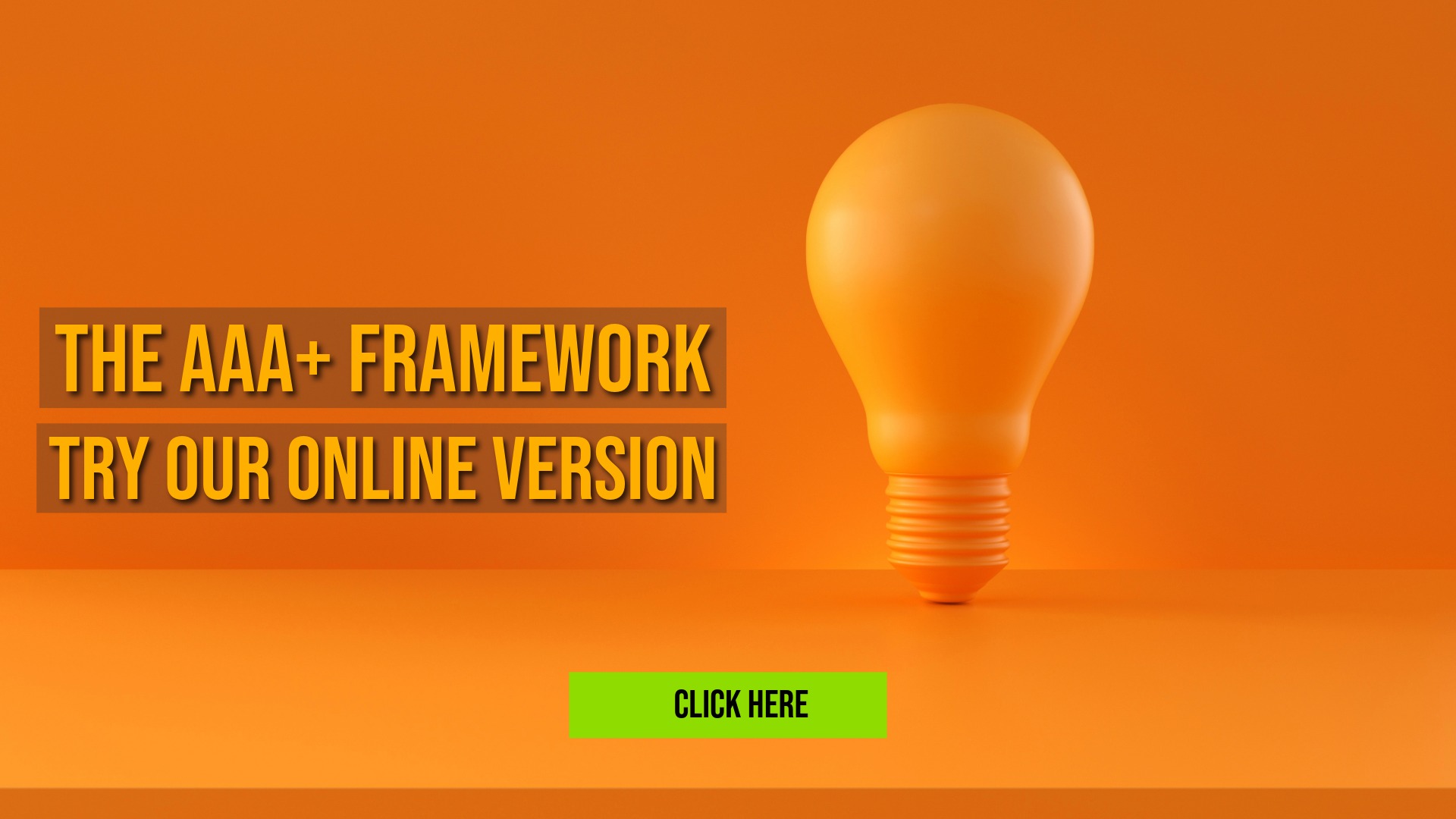Neuroplasticity for Everyday UsE
By changing your thinking, our tools and techniques enable your evolutionary brain to make new connections and reorganise the way it perceives, processes and integrates information. This neuroplasticity – otherwise known as learning – is at the heart of our ability to change our way of thinking.
We all make changes in the wiring of our brain every day and night throughout our lives, but by being deliberate about this, you open up new options and possibilities. The changes in the brain are literal and physical.


Combining Theory and Practice
All of our work includes both the theoretical background and practice, as neither make sense without the other.
A core message of the approach is that our perceptions, actions, choices and beliefs can be understood from a natural, biological perspective.
Indeed, we simply cannot truly understand how and why our astonishing brains function the way they do without reference to our deep underlying biological architecture. And there are few things currently more important than understanding and leveraging our natural, biological intelligence given the dramatic rise in Artificial Intelligence.
As workshops are tailor-made, the extent of focus on the theory and the practice varies according to participant needs, interests and time. It is tempting to minimise the ‘theory’ in the search of the ‘practical’. But this is often an entirely false trade-off, as it is through understanding the underlying principles that we gain a much more robust model and practical set of tools.
Flexible and Modular
Most of our innovation tools and techniques can be adapted and recombined to whatever the topic, because we use the same brain whatever we are doing. That is, even if the contexts and subject matter are entirely different, the underlying brain processes are the same.
This flexibility means that skills and knowledge are entirely transferable across domains and subjects, whether you are developing a strategic plan, seeking to increase creativity in scientists or to improve the well-being of staff.

Our Underlying Approach
Our AAA+ framework was developed by us to provide an entry point – or a lens – for the analysis of challenges and issues. The framework is a systems approach to behaviour, problem and opportunity analysis which is entirely scalable. That is, the framework is applicable from the levels of personal decision making through to team, organsations and societies.
The AAA+ framework is entirely grounded because it derives from, and is organised around, basic life-processes that occur at all levels in the natural world, i.e., Agents (who), Aspire (have goals) and Adapt (how) to their environment. All of these are modulated by the internal state.
The AAA+ framework also brings a simplicity, intuitiveness and useability which is often lacking in more complex and abstract mindset and behaviour models.
Note: The extent to which the AAA+ framework is directly used in a particular workshop depends on the specific issue being explored.
To explore for the AAA+ Framework further, try our free online version.
OUR THEORETICAL BASIS
Our work is underpinned by the approach and thinking of the ground-breaking theoretical neuroscientist, Professor Karl Friston.
Friston’s work has been developed into both comprehensive mathematical formalisms (Active Inference) and Philosophy of Mind (Predictive Processing). It represents our cutting-edge modern understanding of our brains as extraordinarily complex and beautiful ‘prediction machines’, developed as a result of billions of years of the evolution of life. Our brains develop powerful and all-encompassing models of the world, which they are constantly testing against the sensory data they receive.
Far from experiencing the world “as is”, our perception is seen as a ‘top-down/inside-out’ process where we essentially experience our internal models of the world, rather than the world itself.
Left to their own devices, our brains’ powerful prior models run unnoticed, unchallenged and under-utilzed below the surface of our everyday awareness. This is fine when our models are effective in a static world, but hopeless when the world is changing rapidly or we wish to change the world.

Thus, individually and collectively, our prior expectations shape and drive our experiences and expectations in much more fundamental ways than we are aware. This goes far beyond traditional cognitive ‘assumptions and biases’, or “Mental Models”. Rather, it is central to how our brains work at all levels and across all time-scales, as they seek to identify regularity and patterns in the world and minimise uncertainty. Our models and expectations can and do literally determine what we perceive and pay attention to.
Perhaps even more surprisingly, we have also come to understand that action and perception are really two sides of the same coin, with both concerned with testing and updating our model against the world. Or, more accurately, testing the world against our model.
If this sounds overly theoretical or abstract, it really shouldn’t. As explored in our workshops, this has very practical, immediate and concrete applications as to how we understand the world around us. This opens up critical new entry points for understanding and changing how we and others think and act at all levels and in all circumstances.
It is absolutely not necessary to have any previous understanding of these issues before working with us, as our workshops are tailor-made to the audience.
For a generally accessible overview of the Predictive Brain see, for example, The Experience Machine: How Our Minds Predict And Shape Reality, Andy Clark. For comprehensive treatment, see a more in-depth, formal and technical overview, see Active Inference: The Free Energy Principle in Mind, Brain and Behavior by Thomas Parr, Giovanni Pezzulo and Karl Friston. For challenges and open questions see The Philosophy and Science Of Predictive Processing.

